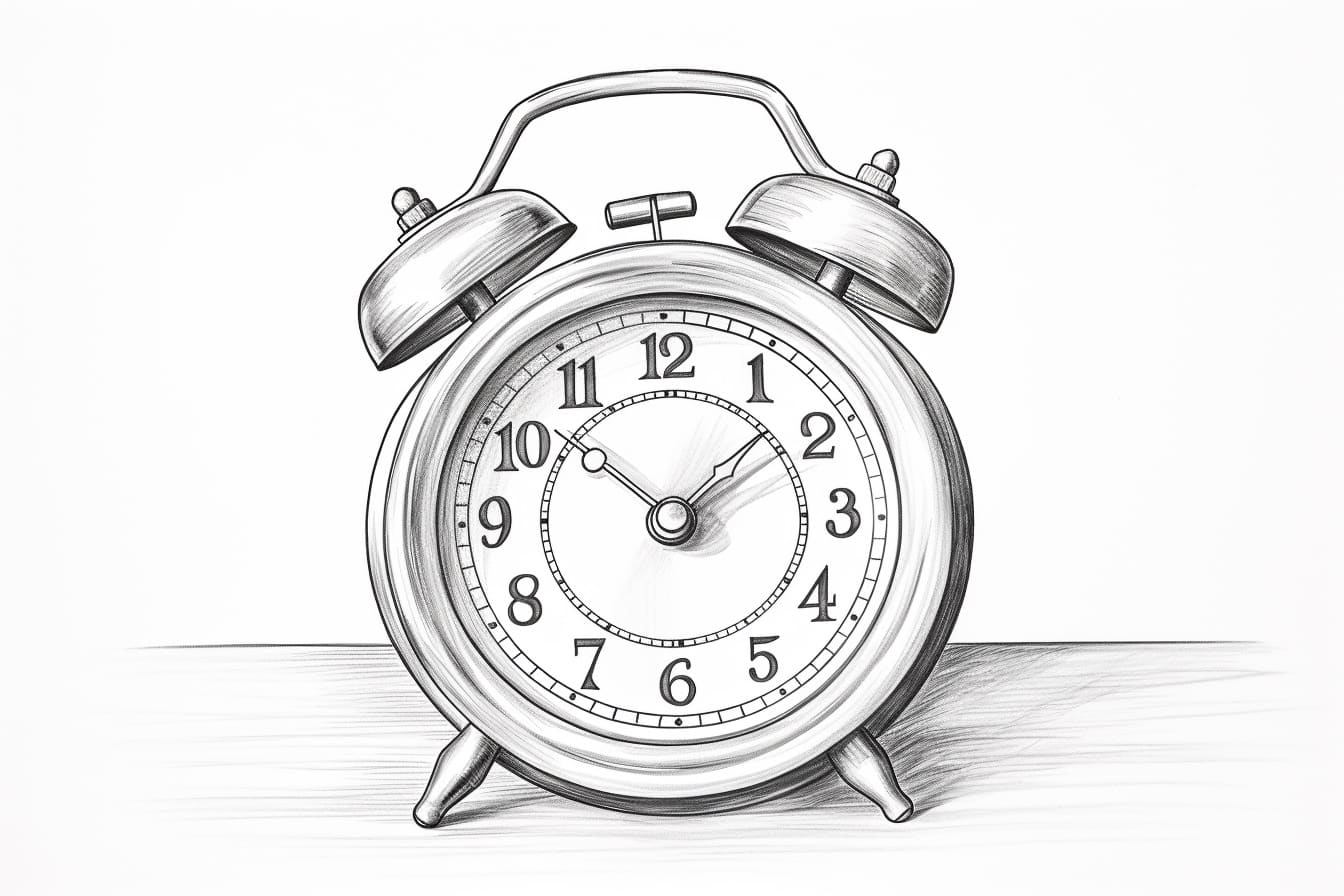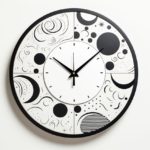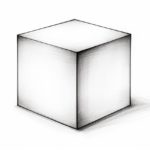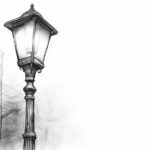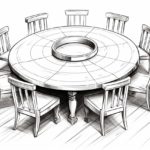Drawing an alarm clock is a wonderful exercise in capturing both form and function on paper. From the sleek curves of the body to the intricate details of the clock face, this everyday object offers a unique challenge for artists of all levels. In this guide, we will explore techniques to help you accurately depict the shape, textures, and proportions of an alarm clock, while also infusing your drawing with personality and style. So, grab your pencils and paper, and let’s dive into the fascinating world of drawing an alarm clock!
Materials Required
To draw an alarm clock, you will need the following materials:
- Drawing paper or sketchbook
- Pencil (for sketching and shading)
- Eraser (to correct mistakes)
- Ruler (for straight lines and measurements)
- Fine-tip pens or markers (for outlining and details)
- Colored pencils, markers, or crayons (optional, for adding color)
- Reference image of an alarm clock (optional, for accuracy in details)
These materials will help you create a detailed and realistic drawing of an alarm clock. Feel free to add or substitute materials based on your preferences and artistic style.
How to Draw an Alarm Clock: a Step-by-step Guide
Step 1: Gather Your Materials
- Get a pencil, eraser, paper, and a ruler for this drawing.
- You may also want to use a black pen or marker for outlining later on.
Step 2: Draw the Basic Shape of the Alarm Clock
- Start by drawing a rectangular shape for the body of the alarm clock. This will be the main part of the clock.
- Add a smaller rectangle on top of the first one for the clock face.
- Draw two small circles at the top of the clock face for the bells.
Step 3: Add Details to the Clock Face
- Within the clock face, draw the numbers 12, 3, 6, and 9 in their respective positions.
- Add the other numbers in between, evenly spaced around the clock face.
- Draw two hands for the clock – a shorter one for the hour hand and a longer one for the minute hand.
Step 4: Draw the Bells
- Add some details to the bells by drawing horizontal lines across them.
- Connect the bells to the clock with two curved lines.
Step 5: Add the Legs and Buttons
- Draw two small rectangles at the bottom of the main body for the legs of the alarm clock.
- Add two small circular buttons on the side of the clock face for setting the alarm.
Step 6: Refine and Outline
- Use your pencil to refine any details and make any necessary adjustments to the drawing.
- Once you are satisfied with the sketch, go over the final lines with a black pen or marker to outline the drawing.
- Erase any unnecessary pencil lines to clean up the drawing.
Step 7: Add Shading and Texture (Optional)
- If you want to add shading to your drawing, identify a light source and shade one side of the alarm clock where the light wouldn’t hit.
- You can also add texture to the clock face or bells to give them a more realistic look.
Step 8: Final Touches
- Take a step back and review your drawing for any final adjustments or details you may want to add.
- Sign your artwork and consider dating it to mark your progress.
Step 9: Share Your Artwork
- Show off your completed alarm clock drawing to friends and family or share it on social media to inspire others.
By following these steps, you can create a detailed and realistic drawing of an alarm clock. Remember, practice makes perfect, so keep drawing and experimenting with different techniques.
Conclusion
In conclusion, drawing an alarm clock may seem like a challenging task at first, but with practice and attention to detail, anyone can master this subject. By following the step-by-step guide outlined in this article and incorporating your own creative flair, you can create a realistic and visually striking representation of an alarm clock. Remember to be patient with yourself, experiment with different techniques, and most importantly, enjoy the process of bringing this everyday object to life on paper. With dedication and perseverance, you can continue to improve your drawing skills and tackle more complex subjects in the future.
Fun Facts About Alarm Clocks
- The first mechanical alarm clock was invented by the Greeks in the 3rd century BCE, and it was known as the “water clock.” It used water to flow into a container, which would then make a whistle blow to alert people.
- The term “alarm clock” originates from the late Middle Ages, where a “knocker-up” would go around town tapping on people’s windows with a long stick to wake them up for work.
- In the early 20th century, alarm clocks were considered a luxury item and were often given as gifts for special occasions such as weddings.
- The first electric alarm clock was patented in 1876 by George H. Leschot, but it wasn’t until the early 20th century that electric alarm clocks became widely available and affordable.
- Some modern alarm clocks come equipped with features such as sunrise simulation, aromatherapy, and even the ability to brew a cup of coffee to help you wake up gently.
- The snooze button was first introduced by the General Electric Company in 1956. It allows users to delay the alarm for a few more minutes of sleep before it goes off again.
- The world’s largest alarm clock stands at 40 feet tall and is located in the city of Gaffney, South Carolina. It was built in 1984 and has become a local landmark.
- Alarm clocks have been featured in popular culture, such as the iconic scene in the movie “Groundhog Day” where the main character wakes up to the same alarm clock every morning.
- Some alarm clocks are designed for people with hearing impairments and use vibrating pads or flashing lights to wake them up.
- The Guinness World Record for the most people simultaneously ringing alarm clocks is 1,299 participants, achieved in Japan in 2008.
Suggestions for Scenes and Settings for Alarm Clock Drawings
- Alarm clock on a cluttered bedside table, surrounded by books, a lamp, and a cup of coffee.
- Alarm clock sitting on a window sill, with sunlight streaming in and casting interesting shadows.
- Alarm clock on a cozy fireplace mantle, with a crackling fire in the background.
- Alarm clock on a vintage desk, next to a quill pen and inkwell.
- Alarm clock in a futuristic setting, with sleek, metallic surroundings and holographic displays.
- Alarm clock in a child’s room, surrounded by colorful toys and stuffed animals.
- Alarm clock in a bustling cityscape, with skyscrapers and busy streets in the background.
- Alarm clock in a serene nature setting, such as a peaceful meadow or a tranquil lake.
- Alarm clock in a retro 80s bedroom, with neon lights and bold patterns.
- Alarm clock in a surreal dreamscape, with whimsical elements like floating clouds and oversized objects.

